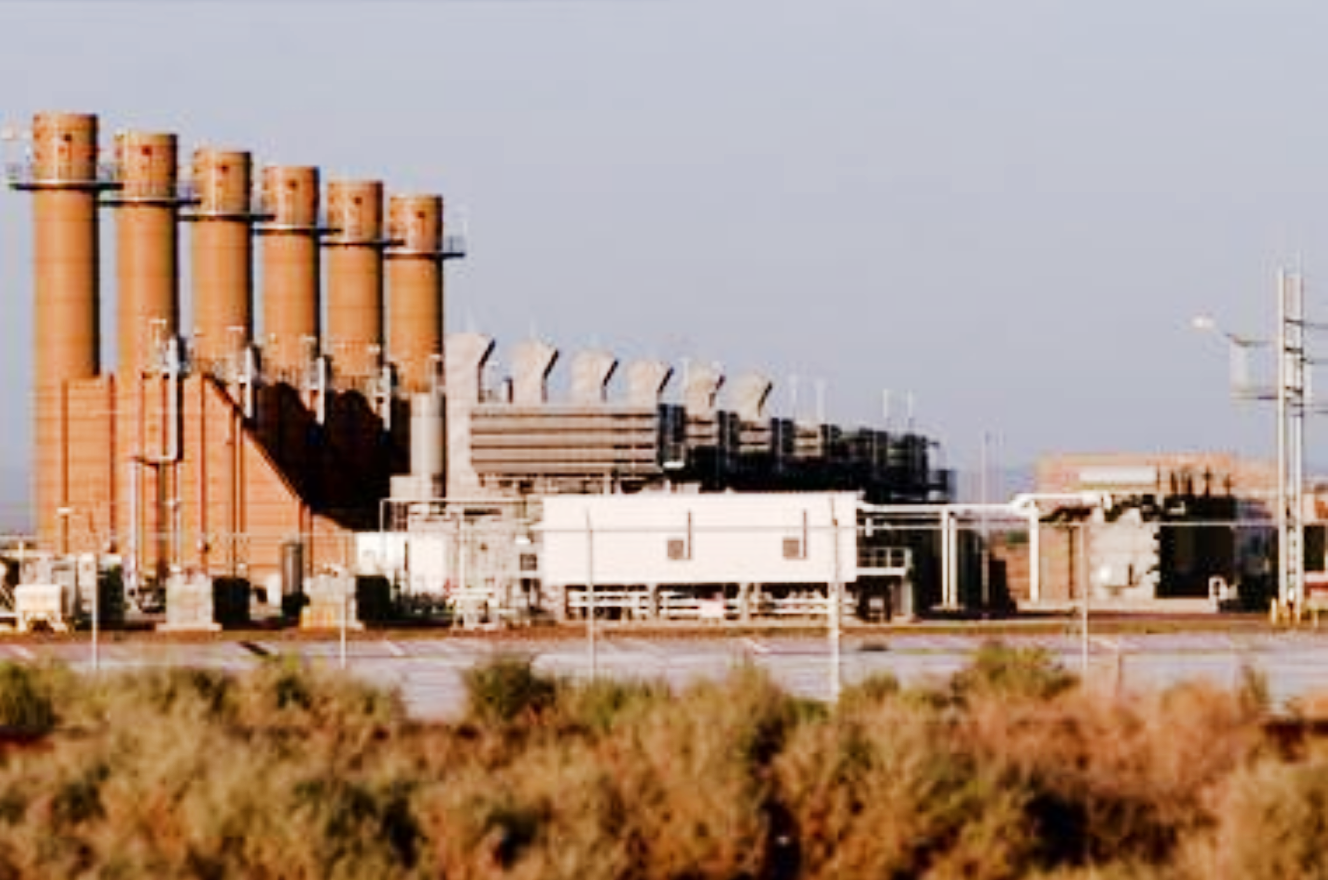Coolidge Generation Station/PinalCentral
Opinion: There’s a less costly and risky way for SRP to secure its energy supply than expanding a natural gas plant. It’s not too late to pursue it.
By Shelby Stults opinion contributor | Arizona Republic
Advanced energy solutions, like solar, wind and battery storage, can reliably meet SRP’s needs at a competitive price.
Randolph residents breathed a sigh of relief last month after our state’s utility commissioners shot down a controversial gas-fired power plant expansion in Coolidge.
But the win could be short-lived now that Salt River Project is aiming to revive its project – with little to no changes to the initial failed proposal.
Instead of fighting for a costly $953 million project, SRP should explore a more cost-effective route to meet Arizonans’ energy needs.
An obvious alternative: Conduct a competitive bid process to find the best solution to increase its energy generation capacity. Not doing so in the first place was a misstep that Arizona Corporation Commission Chairwoman Marquez Peterson cited as a reason for her vote against the initial proposal.
A competitive bid would prove what’s cheapest
Taking a technology-agnostic approach can help SRP guarantee its customers the most cost-effective and reliable electricity generation. If expanding the Coolidge Generation Station is the most cost-competitive option, SRP would be able to prove it by comparing the plan to competitive bids from energy companies.
Another view:SRP could struggle to serve customers without a bigger plant
What SRP is more likely to find, however, is that advanced energy solutions, like solar, wind and battery storage, can reliably meet capacity needs at a competitive price and provide ratepayers with the cleanest energy, at the lowest cost.
The good news is, it’s not too late for SRP to do so.
The Coolidge expansion was proposed to meet the needs of customers when energy demand is highest, particularly as the Phoenix metro area grows. This will get tougher as SRP picks up more customers and Arizona summers get hotter, especially with this year’s temperature outlooks.
But there are ways to make running air conditioners easier on our pocketbooks without building capital-intensive power plants.





